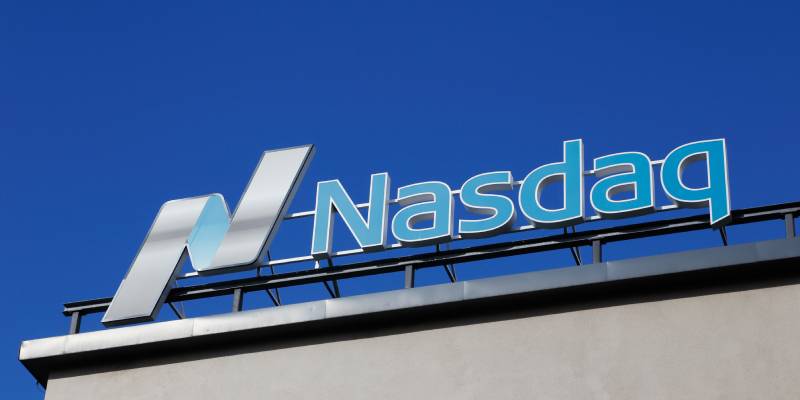What drives corporations to list on Nasdaq?
The NYSE and NASDAQ are both stock exchanges that offer different benefits to companies that choose to list there. The NYSE is more traditional, focused on the bottom line, and pays dividends. Meanwhile, NASDAQ is more growth-oriented, with many tech companies. Some companies take these differences into account when choosing between the two exchanges.
Nasdaq’s lower listing fees and listing minimums may be attractive to traders, as the exchange is all-electronic. However, a Nasdaq listing is less prestigious than a listing on the NYSE or LSE. But I think this perception has changed in recent years, as Nasdaq has become more competitive.
What are the advantages of listing on Nasdaq?
The Nasdaq’s lower minimum listing requirements make it easier for smaller companies to list on the exchange. To be listed on the Nasdaq, a business must have made more than $11 million in the last three years and issued at least 1.25 million shares of stock with a total market value of at least $45 million. The NYSE requires the company’s outstanding shares to be worth more than $100 million.
The Nasdaq has lower listing fees than the NYSE and its annual listing fee is $47,000. The NYSE’s IPO listing fee is higher than Nasdaq’s at $295,000. IPO listing fees on Nasdaq are $150,000. Even though the NYSE uses specialists to guide trades, I think investors seem to prefer electronic trading’s faster execution.
Also Read: Opportunities & Challenges of Digital Trade
What are the disadvantages of listing on Nasdaq?
The Nasdaq and the NYSE are two of the most important stock exchanges in the world. They both compete for new company listings, but the NYSE is still more popular than the Nasdaq. Many companies that were first listed on the Nasdaq have since moved to the NYSE. This is because the NYSE has a better reputation than the Nasdaq. The Nasdaq and the NYSE have also formed partnerships with other exchanges, which has led to changes in regulation.
Other factors to consider for listing on stock exchanges:
The listing of a company on a stock exchange shows that it follows transparency and good governance standards. The listing rules of a stock exchange must be followed, which includes showing that the company meets minimum listing conditions, filling out the listing document, and meeting disclosure requirements and responsibility statements.
I feel transparency and good governance can make investment in publicly listed companies more appealing to suppliers, employees, and investors. In fact, some investors may only invest in listed products or must invest a certain percentage of their assets in listed products because they know the company meets certain standards of openness and good governance.
Takeaways
I think when a company is starting out, it is important to think about what exchange it wants to list on. The New York Stock Exchange (NYSE) is more expensive and has more status, while the NASDAQ is more focused on growth and can be more volatile. By thinking about these things early on,I feel business owners and directors can make plans for an exchange listing and meet the requirements when they are ready.
Trade finance advice provides regular updates on articles related to trade finance organizations. For more articles, please visit our website.



